We all have been there, wanting to make a crucial call, but the reception is terrible, and we end up throwing our phone out of the window. Okay, maybe not all of us have gone so far. But several reasons affect the cell signal; some are permanent, while others we can fix. Below we describe what can cause a low signal strength on our phones and how we can correct the problem.
Unblock any international website, browse anonymously, and download movies and Mp3 with complete safety with CyberGhost, just for $2.75 per month:
Distance from the cell tower
By far the most common reason for having low signal strength is our distance from the cell tower.
To make calls, send messages, or access the internet, our phones receive and transmit radio waves to the nearest cell tower. The network providers have multiple cellular towers in different locations, to maximize cell coverage.
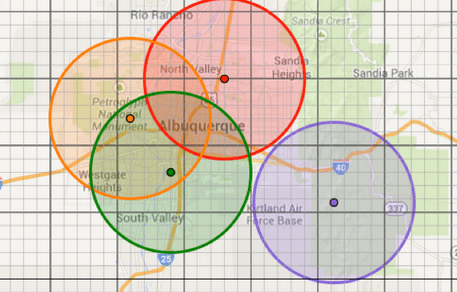
Depending on our distance from the most adjacent tower, we might experience low signal strength, and the farther we are, we can expect worse and worse signal.
In fact, due to the inverse square law for electromagnetic radiation, if our distance from the tower doubles, the signal strength drops to one quarter.

As expected, network carriers place more cellular towers in bigger cities, and thus the bad reception is more noticeable in the countryside.
Unfortunately, in case the nearest cell tower is miles away from our location, there’s nothing we can do to fix a low signal strength.
See how a low signal strength can affect our health.
Physical obstructions
Radio waves travel in a straight line from our phone and back. Although the signal can cross through the air with little resistance, it may be blocked by other objects.
Natural terrain, such as mountains, trees, etc., is definitely an issue. Thus, rural areas are prone to weak signal.
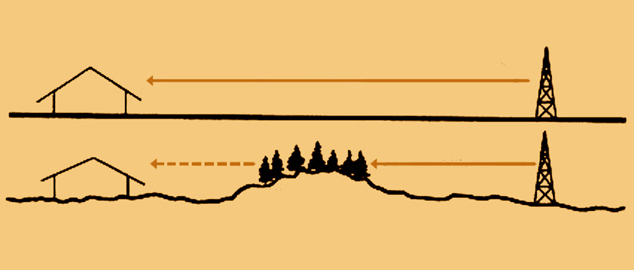
As a result, if our phone can’t “see” the nearest tower, due to some obstacles in between, it will try to connect to the next closest cell tower. And if that tower is too far, the signal strength will be lousy.
Buildings in big cities can be a huge problem as well when we experience a low signal strength. However, due to a better coverage with more cell towers, in most cases, we will have a great reception outdoors. Most problems in cities occur indoors.
Being inside a building
Have you ever tried to make a call from your basement? If yes, then you might have realized your reception was worse than on higher floors.
When we are inside a building, the building’s materials stand between our phone and the nearest cell tower. Radio waves have a difficulty passing through concrete, steel, and other building materials, while the can pass through wood, glass, and plastic.

That’s the reason we usually have a better signal near windows.
If your signal is terrible inside your house, but stepping out fixes the issue, then the building’s materials are the main problem. Of course, you can’t build a house out of plastic, or demolish your walls to have better reception.

Signal booster
In such cases, a signal booster could be helpful, and there is a wide variety of products, from $50 to $2000.

When we have low signal due to multiple walls and construction materials, a signal booster can be placed outside of the building.
This method will only work if the signal strength outside the building is high. The booster's antenna is placed on an outer wall, usually on the highest possible place for a better reception.
It then transfers the signal through a cable inside the building to the signal amplifier, which uses a second antenna to transmit it over the place.

Moving
As we already mentioned, our phones communicate with the nearest cell tower to allow us to make our calls.
When we are constantly moving, the phone has to switch between towers, to send data to the nearest one at all times. This process can have an impact on our signal strength while we’re on the move.
For example, when we travel by car or any other means of transport, we will notice a drop in signal strength.

Furthermore, the speed we are moving plays an important role as well. Although the radio waves are quick, the constant and rapid change of our position can affect our signal quality. At 50 mph, we may experience low signal strength. As the speed rises, the reception will get worse.
Crowded areas
Each cell tower can handle a certain number of connections at a given time. Of course, we’re not talking about ten, or a hundred connections, but for thousands.
However, on certain occasions, the network may get crowded. If you live near a football stadium and on a game night you notice that you have low signal strength, for instance, it is because there are thousands other cell phones nearby that “steal” your signal.
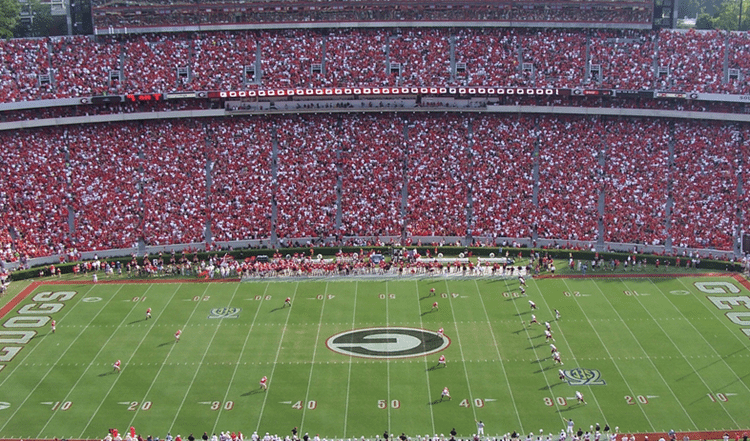
In such cases, the nearest cell tower has to serve more people than it can handle, and thus the signal is divided more times than it should.
Although, that’s not the only way that a network can get crowded since there’s no need for other cell phones to be nearby to have a low signal strength.
On occasions that a significant portion of users tries to make a call at the same time, the chances are that we’ll experience plenty of call drops and low signal strength.

New Year’s Eve is a good example, where everyone simultaneously tries to call their friends and family. In this scenario, the problem is not a specific cell tower, but rather the whole network.
Bad weather
We mentioned that radio waves travel through the air effortlessly. However, they don’t do so well when they have to move through the water.
No, we don’t make calls underwater. We’re talking about rain.
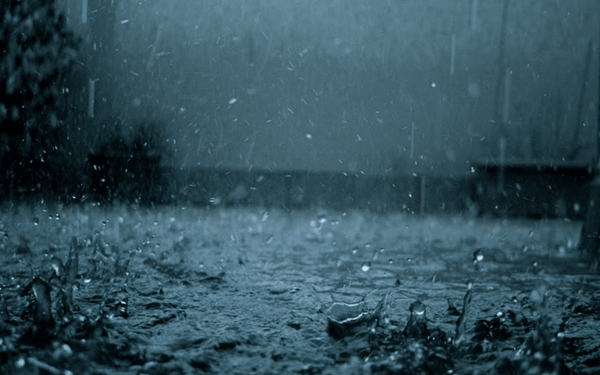
When it’s raining, the raindrops will get in the way of our signal. As you may understand, the larger the raindrops and the higher their frequency, the lower the signal strength. As a result, heavy rain is usually responsible for a lousy reception.
Among other weather conditions, rain and storms will weaken the signal the most. Snow will have less of an impact since snowflakes are less dense than water. Of course, a heavy snowstorm is will still cause a low signal strength.
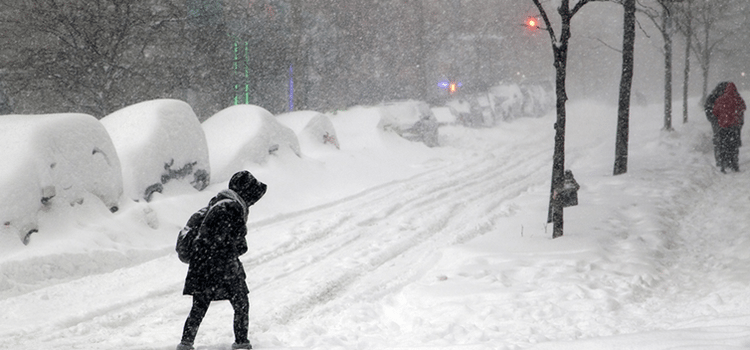
Wind alone, on the other hand, has no impact on the transmission of radio waves, if it is not combined with rain or snow.
Defective cell phone
All the factors mentioned above can have a high impact on our cell phone signal. However, if we live in an area with good cell coverage, and we always experience low signal strength, we should consider a few other factors.
If the rest of our family or our neighbors have a great signal, then our phone might be defective.

In case the whole neighborhood suffers from low signal strength, we should contact our network provider and ask for a solution.
Do you have a low signal strength?
Cell signal is a complicated issue, and most of the times, a combination of the above will lead to a reduced signal strength.
How about you? Do you experience dropped calls or low signal strength in specific areas? Have you noticed any other factors that can interfere with a phone’s radio waves?
Feel free to leave a comment below.
Support PCsteps
Do you want to support PCsteps, so we can post high quality articles throughout the week?
You can like our Facebook page, share this post with your friends, and select our affiliate links for your purchases on Amazon.com or Newegg.
If you prefer your purchases from China, we are affiliated with the largest international e-shops:





Leave a Reply